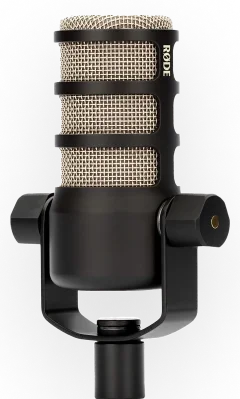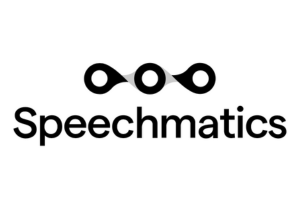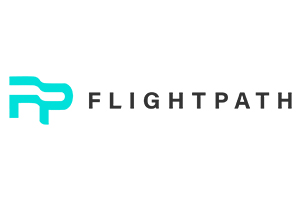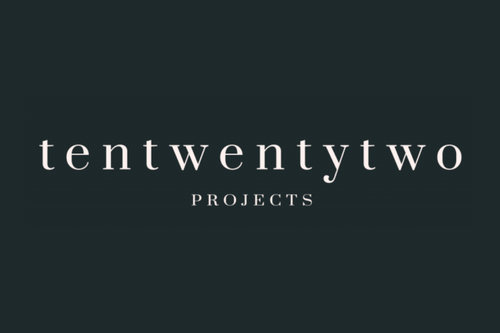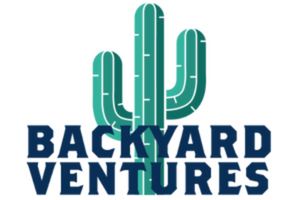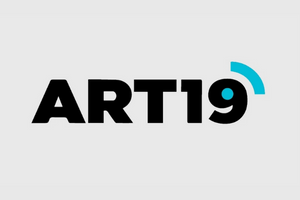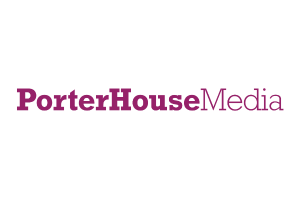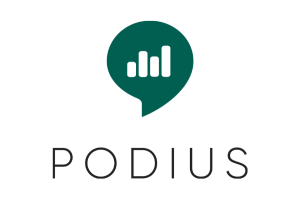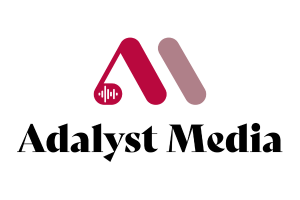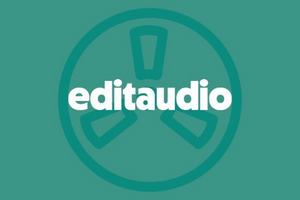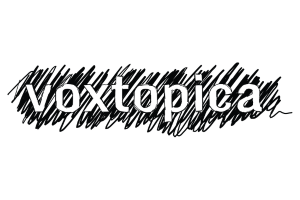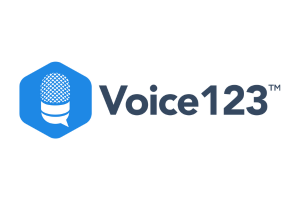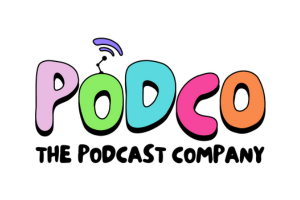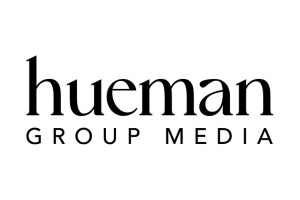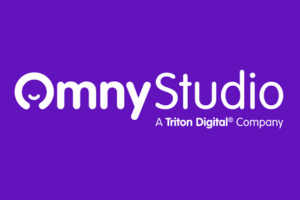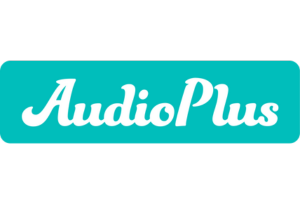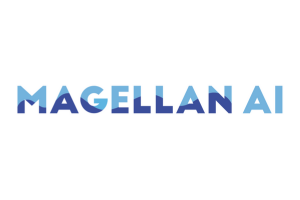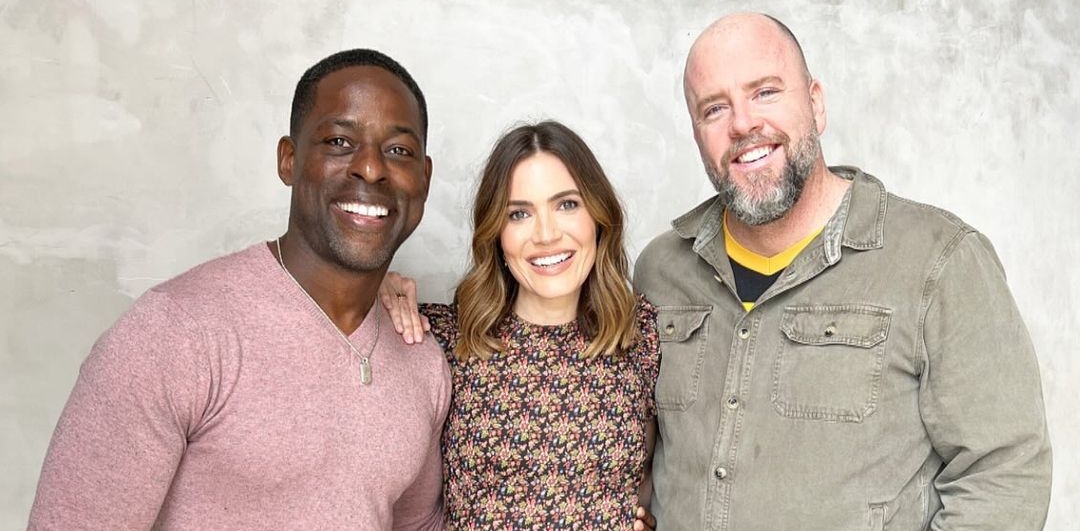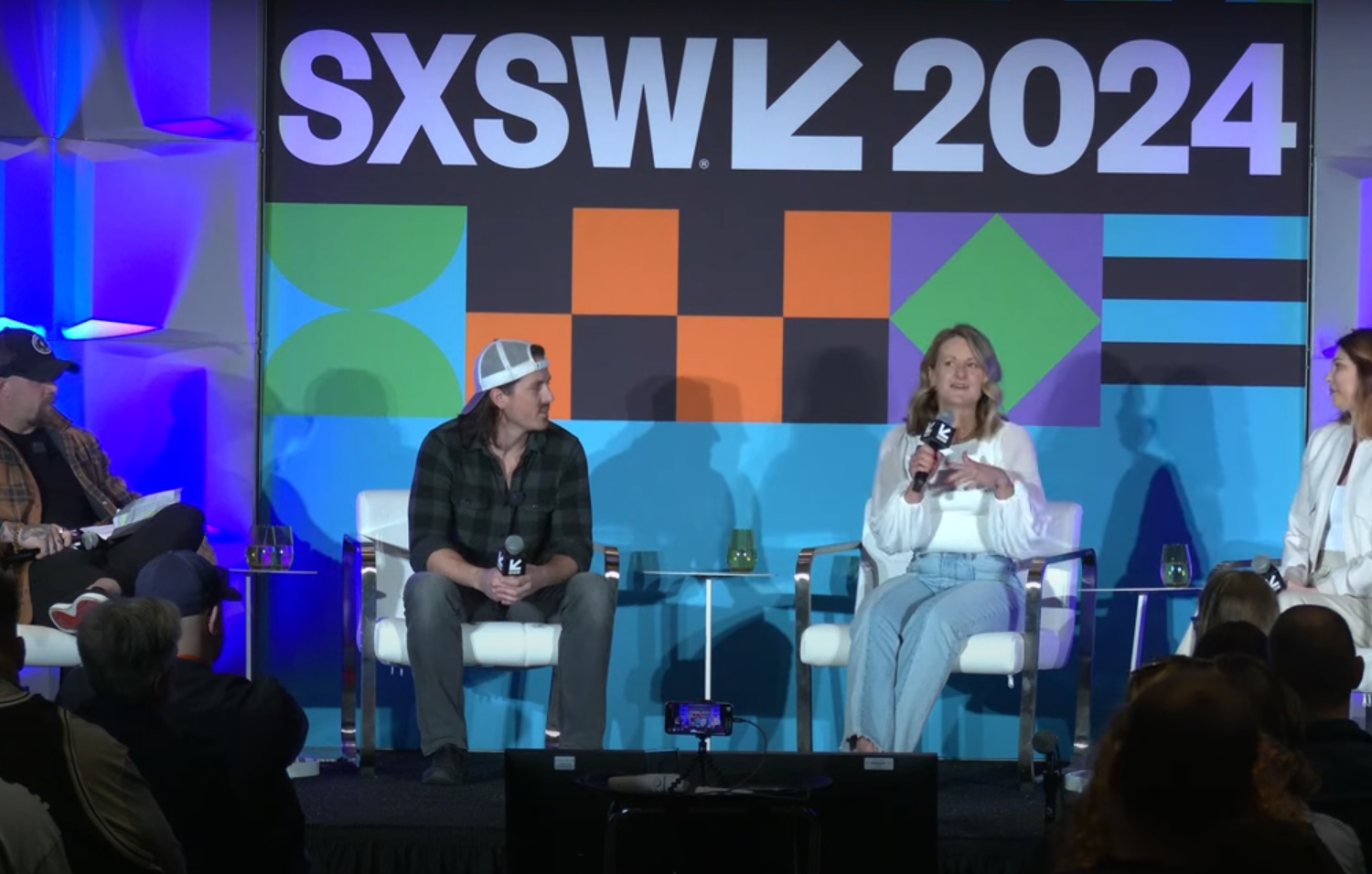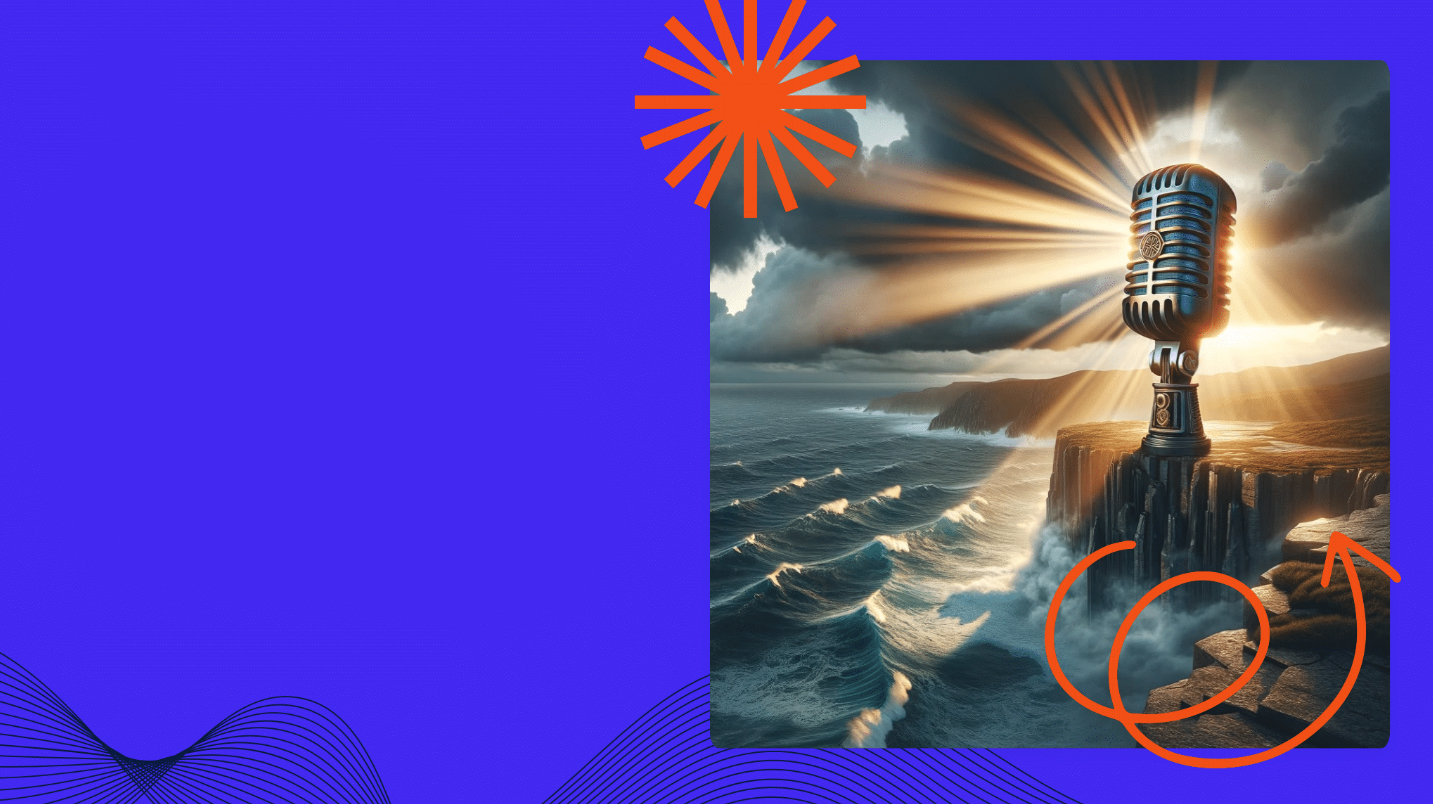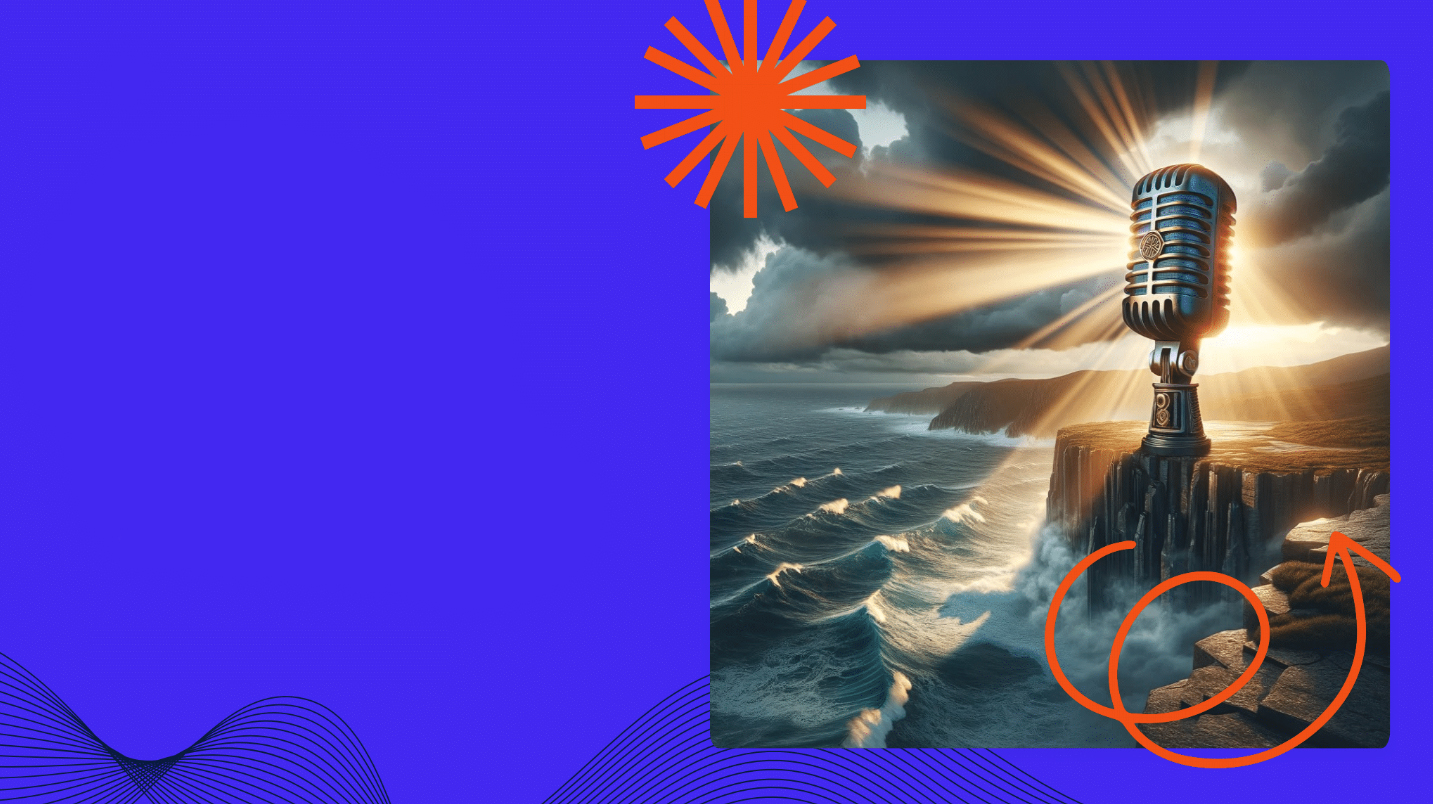This week the Sounds Profitable Product Deepdive goes bite-sized! Sonnant CEO Tony Simmons breaks down what AI-powered platform can do for podcasting over three Quick Hits of 15 minutes or less. Catch them all streaming on Sounds Profitable.
Being able to celebrate the third anniversary of Sounds Profitable with all of you is truly a privilege. From the over 8,000 of you reading and listening to our content, to the nearly 150 partners and growing we get to work with every month, Tom and I can’t overstate our gratitude and how seriously we take the opportunity given to us to help chart the course for the future of audio with all of you.
Which is why today’s article is about reflecting on those last three years and sharing with you the ways that our industry needs to improve for us to see continued growth. I have and will continue to eat my humble pie, so now I’m offering all of you a chair and a slice as we take ownership for what we have to do next.
We’re Not Listening to Buyers
I received a Slack message a few months back from one of our buyside partners.
“Buyers $#@&ing hate you. Every time you talk about how adtech should work, more sellers force us to buy it that way. And when we show them it doesn’t work nearly as well for us, they don’t listen.”
That buyer, who doesn’t hate me, shared months’ worth of compiled data. Their preferred method of buying ads has always been integrated (“baked-in”) host-endorsed ads on new episodes. They had spent years figuring out the ROI on this specific type of buying and had it down to a science. They weren’t shy at all about paying more for the inventory if the return on investment kept up, nor were they shy about signing on for longer campaigns once they moved past the test phase.
These are the buyers that got us so close to two billion in US ad spend last year. But these are also the buyers we alienated during the COVID boom as we chased new buyers and perceived technical efficiency over long lasting relationships, which may very well have been why we didn’t hit that coveted number.
All buyers understand that competition for inventory drives up demand. It made sense during the boom, while publishers were selling out inventory and doubling their release schedule just to keep up with demand. Buyers were more open to trying new things outside of what they knew worked. Our trajectory today is still upward as an industry, but there’s currently more available inventory and fewer buyers sticking with podcasting just because it’s “hot”. The ones that are here are here because they know it works, but many are being told that what they want to buy is not for sale, at least in the way they want.
We need to meet buyers where they are. Without them, podcasting doesn’t exist. So let’s shed some light on how we can better serve them.
Measure Twice, Cut Once
Quality Assurance and verification should not be the responsibility of the buyers.
Today, buyers are prioritizing tools like Magellan AI, Podscribe, and Sonnant for their aircheck capabilities, to determine if the ad was inserted correctly, the copy was accurate with all the right calls to action, and other parameters of the campaign were followed accurately. Measurement and attribution companies like Veritonic, ArtsAI, and Claritas are used to confirm the number of downloads the episodes received and the number of impressions the ad was delivered for through their third party measurement. Brand safety and suitability companies like Barometer, Newsguard, Seekr, and several of the above companies provide additional filtering for the brand to validate the shows they ran on matched the profile they requested.
When used by buyers, these tools enable them to ask for make-goods and to only pay for what was in the contract. When used by publishers, all of that can be avoided. Issues can be caught quickly and resolved in real time instead, presenting solutions to the buyers instead of the buyer having to escalate the issue to publishers. Not all publishers can afford to do that, which is where networks, rep firms, and marketplaces truly thrive and differentiate themselves by utilizing those tools when working with buyers purchasing across one or more shows.
It needs to be said that we’ve passed the point of these tools being considered added value, they’re now table stakes. Buyers are taking note of which partners use these tools and whether they can or should justify the ROI to handle quality assurance for the publishers who don’t.
Integration of Integrated Ads
Dynamic Ad Insertion (DAI) is all about real-time decisioning. Every single download has the opportunity to have a unique combination of ads based on the listener, the episode/show, and the status of all available campaigns.
My main reason for pushing DAI over the last three years has been about flexibility. Integrated ads are already in the audio file before being uploaded to the hosting platform, and while some platforms like Audioboom, ART19, and Triton Digital allow publishers to create an ad insertion point and associate a campaign with that integrated ad, not all do. I pushed hard on DAI as the solution because on paper, a campaign set to run 100% of the time, on a specific ad insertion point, for a specific episode, with no impression cap or pacing should serve every time. But that’s unfortunately not the case on every hosting platform, especially in the first few hours of an episode’s release for a popular show.
If you were at Podcast Movement, the call from buyers for Integrated ads was loud, but publishers mistook this as buyers asking for the ads to stay in those episodes forever. Buyers care more about successful delivery of what they bought than they do about how it was accomplished. Integrated ads serve 100% of the time flawlessly. If embedded ads (“Faked-In”) could accomplish the same thing through DAI, they would be just as happy.
Enterprise hosting platforms need to look to Host Enabled Insertion, a variation of DAI currently available through Buzzsprout, Transistor, and Captivate. To simplify it, campaigns set upon those platforms target specific episodes and a date range. So a publisher could set up an embedded ad campaign for their four episodes in September, keeping the ads in those episodes for two months after the last episode is released, expiring the campaign for those four episodes at the end of November. Before the calendar rolls over to September 1st, the ad server checks all active campaigns and creates a cached version of the core episode audio file with the ads Integrated into them. So when a listener hits play on one of those four September episodes, no real time decisioning is taking place for this specific campaign, the ad is already in the episode because there’s no world during those campaign dates where the publisher wants a download live without that ad in it.
By implementing these features that skip ad decisioning for 100% delivery embedded ad campaigns, publishers can manage all their campaigns in one platform and easily utilize that inventory for run of show/network campaigns after the embedded ad has expired, all while giving the buyers exactly what they want. Just paying for the actual impressions delivered when the campaign doesn’t hit 100% delivery is not a great compromise when most often the stress on the hosting platforms that leads to this happens right around episode release, meaning the buyer loses out on the most engaged listeners, the ones actively following the show. This drastically reduces the value of the remaining audience which should be reflected further by a lower CPM.
This is an area that we could innovate on and solve incredibly quickly, earning some serious good will with buyers.
Frequency Frequency Frequency Capping
Sticking with the buyers’ calls for Integrated ads at Podcast Movement, frequency capping is not a concern for buyers focused on Integrated ads as the occurrences of a listener downloading the same new episode multiple days in a row is unlikely. But with the push for reach, for run-of-show and network, we need to take their requests seriously.
If what we’re selling worked, buyers would not be taking to the stage to complain
Frequency capping should absolutely be a hot topic for both buyers and publishers. For buyers, it gives them the confidence to try out run of show/network campaigns by asking for listeners to only experience X impressions per day, Y per week, and Z per month before being excluded from further impressions in a campaign. Each buyer and publisher very likely has thoughts on what the ideal numbers are, and attribution vendors also have that data in spades. And for publishers, it’s a valuable way to work with more advertisers and increase the ROI for each of them, keeping them coming back. The more unique users are reached, the more people that can actually convert.
It would be easy to trivialize the work that the hosting platforms need to do to determine if a frequency cap is hit in real time. A listener might be mass downloading episodes before a long flight, faster than the hosting platform can send the previous episode with the ad, confirm it was delivered, update the database, and check against it for the next episode request. Our solutions for this today are either to utilize verification and measurement pixels to highlight the overdelivery after the fact which ultimately costs publishers inventory, or for hosting platforms to better support VAST ad serving to enable buyers to manage frequency cap themselves in real time. With VAST, if the buyer doesn’t respond with an ad, the publisher’s hosting platform can just move on to the next campaign without losing inventory.
Wrapping It Up
If we want buyers to purchase inventory in new ways, we need to entice them by hitting their goals and providing them fantastic service. They’re willing to pay for it. Our industry has spent the last five years with a “GO GO GO” mentality, and it clearly worked for a long time. But, it’s time to reassess where we are, listen to the issues those looking to spend with us are having, and dedicate time to fixing them.
Buyers have become the most well educated people in the business of podcasting. We need to spend more time asking them what they would like to buy and then build it. A great example is the lack of focus on enabling buyers to purchase host read ads at scale from large swaths of smaller shows. Sure, they could buy DAI run-of-network, but these buyers prefer the host endorsement and this is how they’re telling us they want to spend their money. As our industry matured and inventory has become plentiful, marketplaces have raised their minimum downloads per episode per month for shows looking to join, while buyers are begging for a solution to this problem that doesn’t involve them staffing up and figuring out how to cut 10,000 checks at $100 each to shows now too small for those marketplaces.
Hosting platforms who innovate and improve in these areas or further open up their entire API will enable publishers to better service their buyers and should expect publishers to migrate to them in droves. And while the hosting platform building these solutions is ideal, the API angle allows amazing companies like FlightPath, Frequency, and LiveRead, to name a few, the ability to provide their publishers with the tools they need to meet their buyers requests especially if they differ from the hosting platforms goals.
The next steps are on the publishers, the networks, and rep firms, which also happens to be the largest portion of Sounds Profitable partners. And just as we have been here to help for the last three years, we intend to be here for the foreseeable future. We collectively have all of the power to make these changes today on the business end, then the process end, and finally the technical end. If this year doesn’t end strong with next year beginning stronger, it’s not a soft economy or ad market, it’ll be because we didn’t prioritize the needs of those asking to spend money with us.
If you need us, drop me a line.
New Partners
Sounds Profitable exists thanks to the continued support of our amazing partners. Monthly consulting, free tickets to our quarterly events, partner-only webinars, and access to our 500+ person slack channel are all benefits of partnering Sounds Profitable.
-
Adelicious is a premium invite-only podcast advertising network.
-
Cumulus Podcast Network is where the conversation starts.
Want to learn more about partnership? Hit reply or send us an email!


